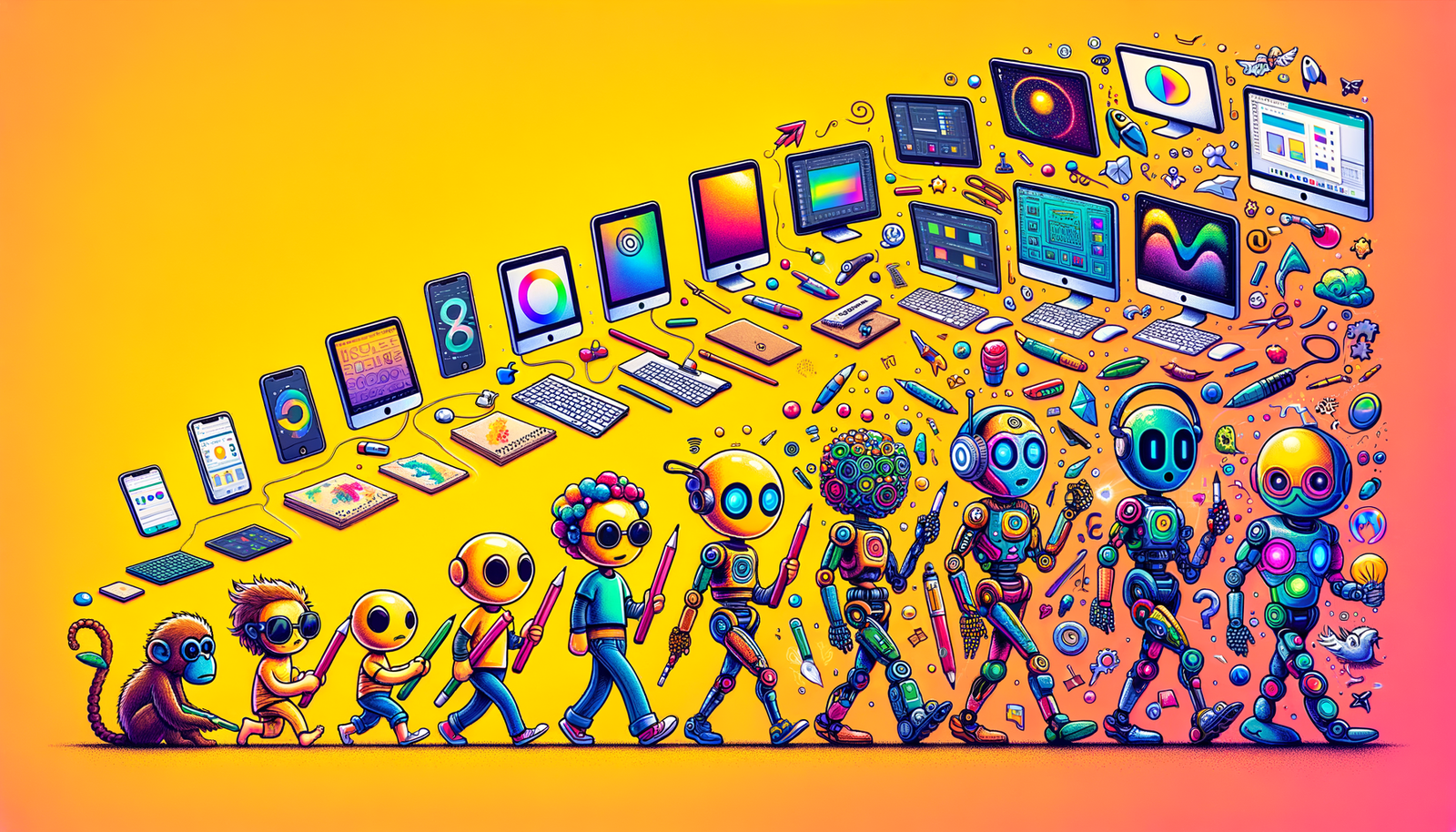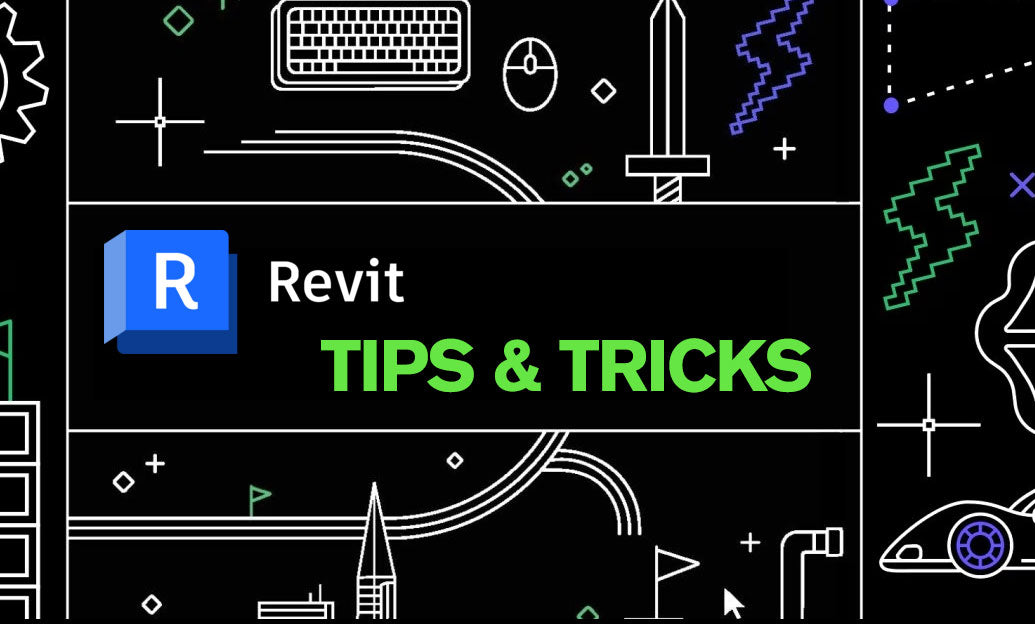Your Cart is Empty
Customer Testimonials
-
"Great customer service. The folks at Novedge were super helpful in navigating a somewhat complicated order including software upgrades and serial numbers in various stages of inactivity. They were friendly and helpful throughout the process.."
Ruben Ruckmark
"Quick & very helpful. We have been using Novedge for years and are very happy with their quick service when we need to make a purchase and excellent support resolving any issues."
Will Woodson
"Scott is the best. He reminds me about subscriptions dates, guides me in the correct direction for updates. He always responds promptly to me. He is literally the reason I continue to work with Novedge and will do so in the future."
Edward Mchugh
"Calvin Lok is “the man”. After my purchase of Sketchup 2021, he called me and provided step-by-step instructions to ease me through difficulties I was having with the setup of my new software."
Mike Borzage
Design Software History: The Evolution of User Interfaces in Design Software: From Sketchpad to AI-Driven Tools
May 27, 2024 4 min read

The Evolution of User Interfaces in Design Software
The history of design software is marked by significant technological advancements and innovations that have redefined how designers interact with their tools. This blog explores the journey from the rudimentary early days of design software interfaces to the sophisticated and intuitive systems we use today.

The Early Days of Design Software Interfaces
Ivan Sutherland and Sketchpad (1963)
The inception of graphical user interfaces for computer-aided design (CAD) can be traced back to the pioneering work of Ivan Sutherland and his groundbreaking software, Sketchpad, developed in 1963. Sketchpad was revolutionary, introducing the concept of interactive graphics and the use of a light pen to draw directly on a CRT screen.
Sketchpad's key features included:
- Interactive graphics that allowed users to create and manipulate geometric shapes directly on screen.
- Constraint-based drawing that enabled the definition of geometric constraints that shapes would adhere to.
The impact of Sketchpad on future CAD systems was profound, laying the groundwork for the development of more sophisticated graphical interfaces and interactive design tools.
Development of Command-Line Interfaces
Following Sketchpad, early CAD programs such as AutoCAD (launched by Autodesk in 1982) and CATIA (introduced by Dassault Systèmes in 1977) relied heavily on command-line input. These systems required users to input textual commands to perform various design functions.
The advantages of command-line interfaces included:
- Precision in executing specific commands.
- Flexibility in scripting and automating repetitive tasks.
However, the limitations were also significant. Command-line interfaces were often unintuitive and required a steep learning curve, limiting accessibility for less technically inclined users.
The Advent of Graphical User Interfaces (GUIs)
Transition to Mouse-Based GUIs
The introduction of the mouse and the WIMP (Windows, Icons, Menus, Pointer) paradigm in the 1980s marked a significant shift in the design software industry. This transition made interfaces more user-friendly and accessible. AutoCAD was one of the early adopters, gradually shifting from a command-line interface to a graphical user interface.
The development of SolidWorks in 1993 further exemplified this shift. By employing a mouse-based GUI, SolidWorks enhanced the user experience and made the software more intuitive and efficient. The WIMP paradigm streamlined interactions, allowing users to easily navigate through complex design tasks.
Key Players and Innovations
Companies like Autodesk and Dassault Systèmes played pivotal roles in advancing GUI development. Autodesk introduced toolbars, palettes, and contextual menus in their software, enhancing the usability and functionality of their design tools. Dassault Systèmes, with their CATIA software, integrated similar innovations to improve user interaction and efficiency.
Evolution of 3D Interaction Techniques
Emergence of 3D Modeling Interfaces
The evolution from 2D drafting to 3D solid modeling represented a significant milestone in design software interfaces. Software like PTC's Pro/ENGINEER, introduced in 1988, pioneered parametric and feature-based modeling. These advancements allowed designers to create more complex and accurate models, facilitating better visualization and analysis.
Advances in User Interaction Models
As 3D modeling became more prevalent, new user interaction models emerged to enhance the design experience. Tools for 3D navigation, such as orbit, pan, and zoom, became standard features, allowing users to manipulate and examine their models from different perspectives.
Enhancements in visualization, including real-time rendering and the integration of virtual reality (VR) and augmented reality (AR), further transformed how designers interacted with their models. Companies like Siemens (with their NX software) and Dassault Systèmes (CATIA) were at the forefront of these advancements, continually pushing the boundaries of 3D user interfaces.
Modern and Future Trends in Design Software Interfaces
Rise of Touch and Gesture-Based Interfaces
The proliferation of touch-enabled devices in the 21st century has led to the rise of touch and gesture-based interfaces in design software. Examples include Autodesk's SketchBook and Fusion 360, which leverage multi-touch gestures to provide a more intuitive and natural interaction experience. This trend has made design software more accessible and versatile, catering to a broader range of users.
Cloud-Based and Collaborative UIs
The advent of cloud computing has had a profound impact on design software interfaces. Cloud-based tools facilitate real-time collaboration and version control, allowing multiple users to work on the same project simultaneously from different locations. Software like Onshape and Autodesk BIM 360 exemplify this trend, offering robust collaboration features and seamless integration with cloud storage.
AI and Machine Learning in User Interfaces
The incorporation of artificial intelligence (AI) and machine learning into design software interfaces is an emerging trend with significant potential. AI-driven design assistants and predictive modeling can enhance productivity and creativity by automating routine tasks and providing intelligent suggestions. Future prospects include generative design, which leverages AI to explore multiple design alternatives, and the integration of voice commands for more intuitive user interactions.
In conclusion, the history of design software interfaces is a rich tapestry of innovation and evolution. From the early days of Sketchpad and command-line interfaces to the modern era of touch, cloud, and AI-driven tools, each advancement has contributed to making design software more powerful, accessible, and user-friendly. As technology continues to evolve, we can expect even more exciting developments in the future, further transforming the landscape of design software.
Also in Design News

Revit Tip: Bulk Editing in Revit: Multi‑Select with the Properties Palette
December 15, 2025 2 min read
Read More
ZBrush Tip: Convert Polygroups to Polypaint for rapid non‑destructive color blocking
December 15, 2025 2 min read
Read MoreSubscribe
Sign up to get the latest on sales, new releases and more …



